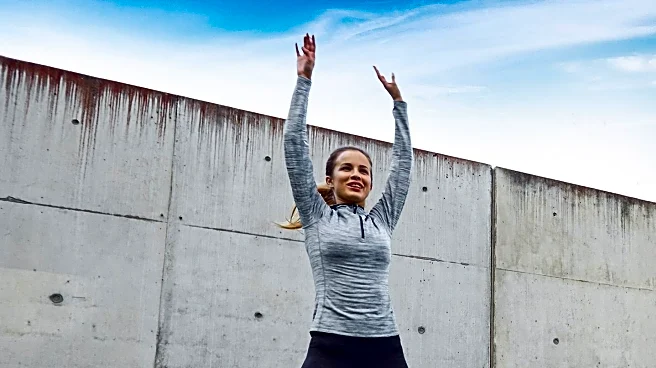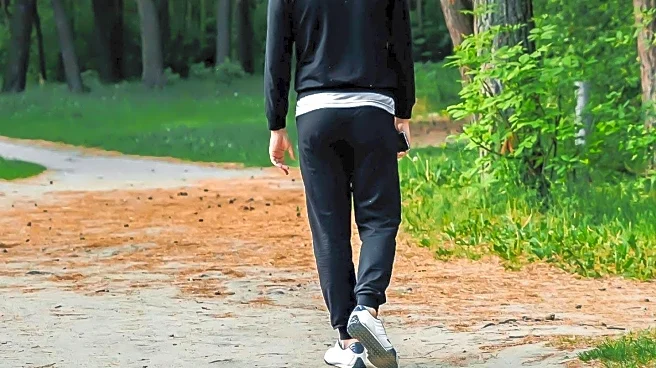What is the story about?
What's Happening?
Recent studies suggest that jumping exercises can significantly improve bone mineral density, particularly in the femoral neck, a common fracture site in the hip joint. According to Pam Bruzina, a professor at the University of Missouri, engaging in jumping exercises two to three times a week can benefit bone health over a lifetime. A meta-analysis involving over 600 participants showed a 1.5% improvement in bone density at the hip after six months of jump training. However, experts caution that jumping may not be suitable for everyone, especially those with frailty or balance issues. Emily Stein from the Hospital for Special Surgery notes that while jumping can be beneficial, it should not replace osteoporosis medications.
Why It's Important?
The findings are significant as they offer a non-pharmaceutical method to combat the natural decline in bone density that occurs with aging. This could have implications for public health, particularly in reducing the risk of fractures among older adults. The research suggests that incorporating jumping exercises into regular fitness routines could help maintain bone health, potentially reducing healthcare costs associated with bone fractures. However, the exercises must be approached with caution, especially for individuals with existing bone health issues, to prevent injuries.
What's Next?
Further research is needed to determine the most effective types and frequencies of jumping exercises for different populations. Experts recommend starting with resistance training to build muscle support before incorporating jumping exercises. For those diagnosed with osteoporosis, supervised exercise programs are advised to ensure safety. As the understanding of bone health and exercise evolves, these findings could influence future guidelines for physical activity in older adults.
Beyond the Headlines
The emphasis on jumping exercises highlights a broader trend towards using physical activity as a preventive health measure. This approach aligns with growing interest in lifestyle interventions to manage chronic conditions. The research also underscores the importance of personalized exercise regimens, considering individual health status and capabilities.
AI Generated Content
Do you find this article useful?













